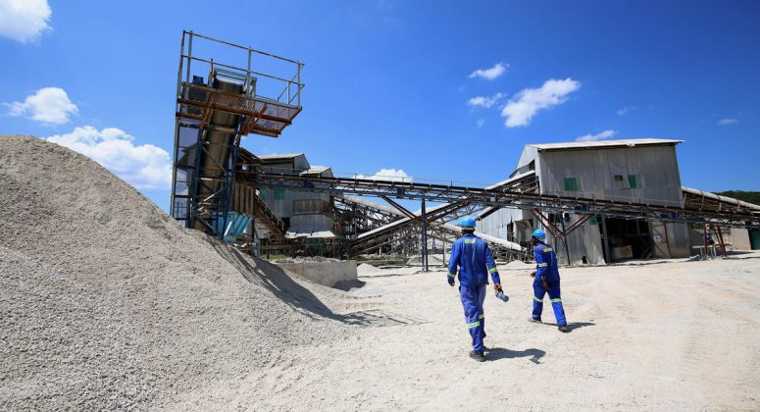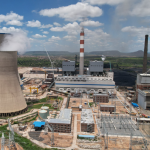What do we know about China Natural Resources itself?
The company has a market capitalisation of US$29 million and its last results show that it has annual revenue of US$2.95 million.
According to its annual report, the company has two operating segments: wastewater treatment and exploration and mining. While exploration companies need not be cash-rich or large mining companies, the firm’s only listed resource investment is an exploration licence for Moruogu Tong Mine, located in China’s Mongolia region. The SEC filings give its Zimbabwe address as 1 Stonehurst, Zvimba Rural District Council.
Why are we asking questions?
Firstly, this new deal is unlike recent transactions in Zimbabwean lithium, where larger companies bought out smaller miners and explorers. Under this proposed transaction, Feishang is actually selling Williams Mining to its own subsidiary, China National Resources, in which it holds 65%. Feishang, on its website, says it has annual sales of US$3 billion.
Secondly, if the deal does reach the potential US$1.75 billion – which the company itself says is not guaranteed – it would be an unlikely four times what Huayou Cobalt paid Prospect Resources for Arcadia Mine in 2022. In 2021, Chengxin, the Shenzhen-listed company, spent US$76.5 million for 51% of Max Mind, which holds 55 mining claims astride some 3 800 hectares.
Since 2021, Zimbabwe has recorded transactions worth a combined US$700 million. Most have been led by large, globally credible entities, such as Huayou, Chengxin and Sinomine. These companies gave full details on what they were buying, and how much they intended to invest in them to bring them to production. With public debate on the new Mining Bill ongoing, there is pressure for clearer rules on mine claims and title, specifically on who-owns-what. In the lithium rush, Zimbabwe must demand more detailed disclosures from would-be investors.-NewZWire
(154 VIEWS)


